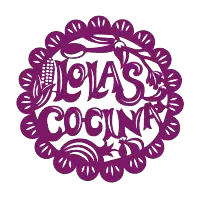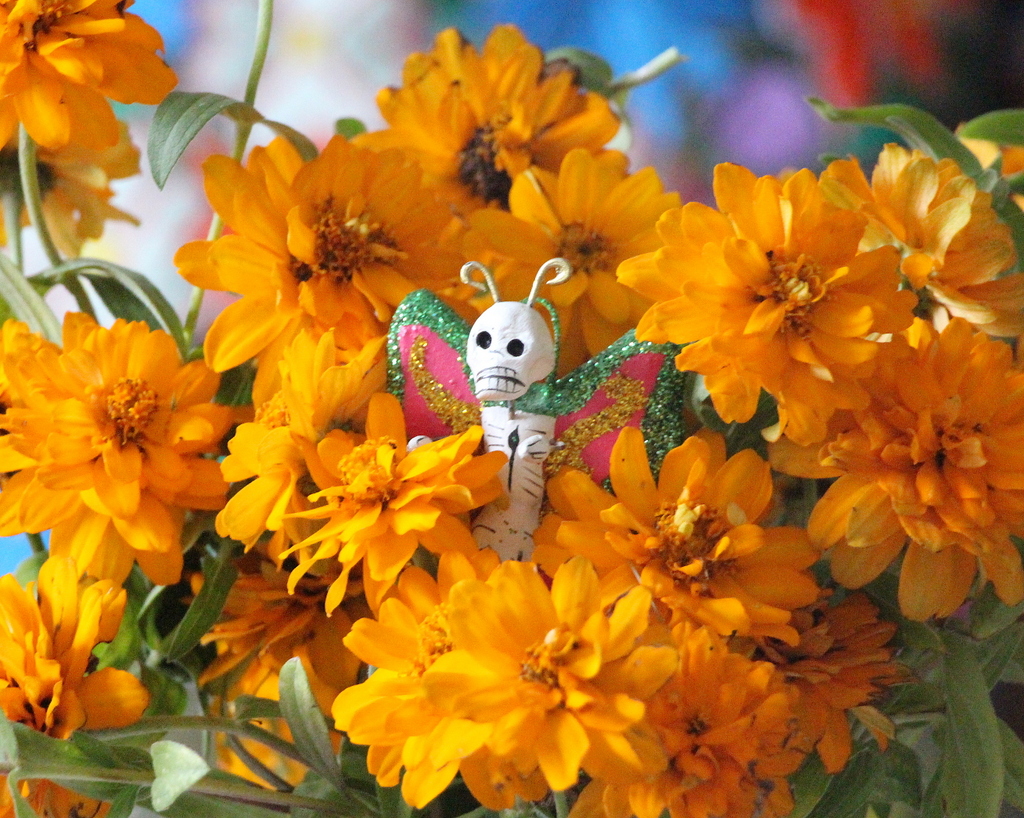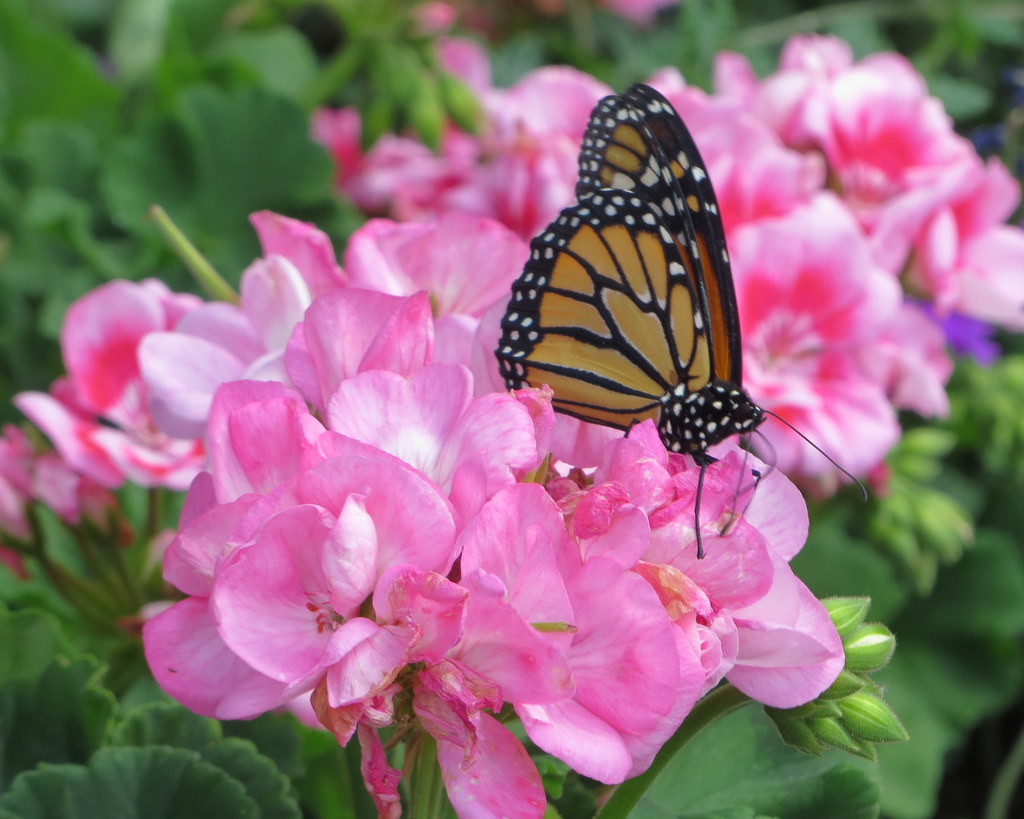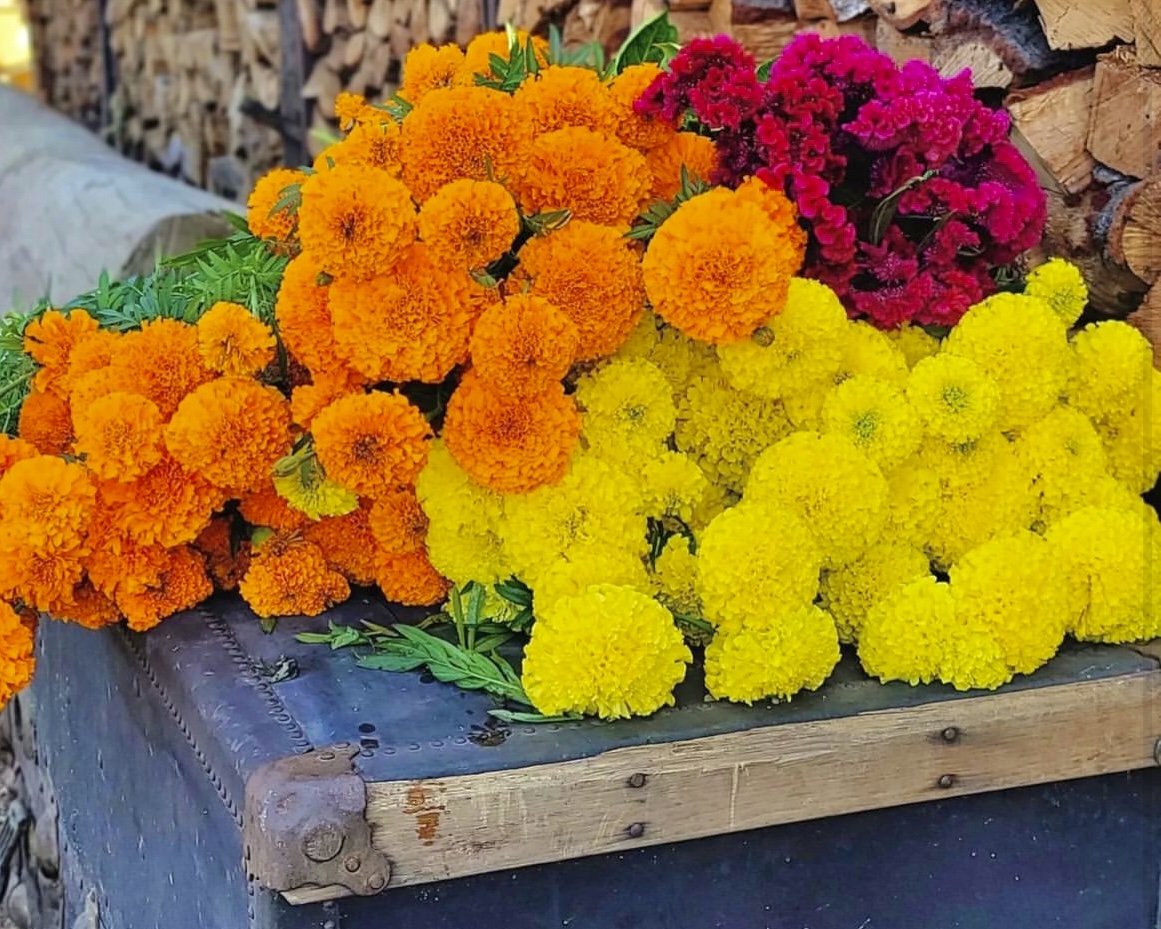Day of the Dead: A Celebration of Life!
Día de los Muertos (Day of the Dead) is a Mexican cultural tradition that I developed a deeper appreciation for as I learned more about the celebration’s meaning and significance. It is a tradition that bridges the past with the present, mocks death in a fun and festive way, and celebrates life. On this day, altars are erected and decked out to resurrect the memories of those who have passed away.
Every year, my altar only grows and grows as I honor my own loved ones who have passed: my father Jose Luis Luna Wiarco, my grandmother, my great grandparents, and my baby cousin Olivia. Now my son even helps decorate and I can only hope that he grows to appreciate this tradition as much as I do. On Day of the Dead, we acknowledge the spirits that are with us and allow them to fill our homes with the memories of the lives that they left behind.
Day of the Dead can be traced back to the Aztecs and is typically a two-day celebration beginning on November 1 with Día de los Inocentes (Day of the Innocent), which honors deceased children and ending on November 2 with Día de los Muertos. Outside of the home, families visit graves and enjoy food and music as they reminisce about their loved ones who are no longer with them. Within the home, people create altars with photos, mementos, and offerings that pay homage to the deceased.
Below I have outlined the different items that can be included on a Day of the Dead altar, along with their symbolism and significance in the hopes that you are inspired to remember and honor someone special this year!
Altar Décor and Ofrendas (Offerings)
The most basic elements of an altar include photos, flowers, and candles. Altars can be simple or very elaborate.
- Photos: Photos are meant to honor your deceased loved ones. I like to use prints that include only the people being honored on my altar (no living people are in my altar photos – there’s no rule about this, it just seems like a goocher!).
- Flowers: The most popular flower on Day of the Dead altars is the cempazúchitl or marigold, which represents the earth. Their bright orange color and fragrance are believed to help guide souls back to the living world for one evening. Elaborate altars include a walkway made of marigolds that begins at the entrance of a home and ends at the altar. If marigolds are not available, any fresh or paper flowers are great substitutes. White flowers represent heaven, while purple flowers are the traditional color of mourning in Mexico.
- Candles: Candles represent the soul’s ascension into heaven and our “burning” love for our deceased relatives. They also help light the way toward the land of the living and represent the element of fire.
- Incense: Incense is sometimes included on an altar to ward off bad spirits and purify the soul of our dearly departed.
- Arch: Above the altar is usually an arch made of flowers or other offerings. It represents the entry into the world of the dead.
- Papél Picado: Colorful papél picado represents the union between life and death. This delicate tissue paper also signifies the fragility of life and the element of wind.
- Monarch Butterflies: These butterflies, which migrate to Mexico each fall, are believed to be the spirits of ancestors coming to visit.
- Dogs: Dogs are believed to guide the ancestral spirits to their final resting place in the afterlife.
- Personal Objects and Mementos: These can include items that serve as a reminder of the person being honored. It can be a favorite toy, tool or kitchen utensil, clothing item, snack, or drink – anything, really!
This photo of my father was taken in Pátzcuaro during one of our family trips to Mexico.
Ancient Aztec celebrations honored Mictecacihuatl, the goddess of the dead and death. The Aztecs believed that the smell of marigolds could wake the souls of the dead to bring them back for the festival.
Here you can appreciate the detail of this handmade pápel picado, and how it came to symbolize the fragility of life.
Small figurines of dogs are often included on altars because they help guide the spirits on Day of the Dead.
Butterflies have special significance in my family because my grandma Lola always loved them and at her funeral services, a beautiful white butterfly appeared at the entrance of the cemetery and led cars to the mausoleum where she was going to be laid to rest. It hovered around for hours. Now whenever we see a butterfly we say that it’s her spirit coming for a visit.
Food and Drinks
There are several dishes that are commonly associated with Day of the Dead such as rice, mole, chocolate, fall fruits, pumpkin desserts, and pan dulce (Mexican sweet bread). Festive plates are left out and are also meant to satisfy hunger after a long journey to the living world.
- Pan de Muerto (Day of the Dead Bread): This semisweet bread, which is baked in the shape of bones, is left as a gift for the spirits and is a welcoming item that represents the host’s generosity.
- Calaveras or Sugar Skulls: These friendly faces symbolize the spirits being honored and their individual personalities. They can be made out of sugar, chocolate, paper mâché, wood, or any other material. In pre-Columbian times, Aztecs used amaranth seeds instead of sugar to make the skulls. Edible skulls are often consumed by kids after the celebration and are an example of a Mexican’s ability to celebrate, mock and play with death.
- Salt: Salt represents purification of the soul.
- Water: Water is left out to quench the spirits’ thirst after a long journey. It also represents the element of water.
The figure across the center of this bread is meant to be shaped like bones, hence the name: pan de muerto. This bread can be found at local panederías (Mexican bread shops) in the weeks leading up to Día de los Muertos, or you can make it at home!
You can purchase calaveras de azúcar (sugar skulls) at Mexican grocery stores before Day of the Dead, or you can also make them yourself!
Water and salt serve to quench thirst and purify the soul.
CLICK HERE for my free printable – Day of the Dead: Altars, Ofrendas, and Food.
Who would you like to honor this year for Day of the Dead?
Learn more about Day of the Dead
Day of the Dead Mexican Cooking Class | Sunday, Nov. 1 | Highlands Ranch, CO
3 Foods Associated with Day of the Dead
3 Fun Day of the Dead Projects
3 Day of the Dead Altars to Die For

Lola Wiarco Dweck
Lola is a Mexican-American recipe developer, writer, and cooking instructor who loves sharing her culture with the world. Growing up in California and spending summers in Mexico, Lola celebrates her family’s Mexican recipes and vibrant culture through Lola’s Cocina.

















Lola, I love this! I’m going to share this with some of my classes tomorrow. It’s so nice that you have pictures to explain each part of the ofrenda.
All of your calaveras and calacas are perfect! I need to take a trip to Mexico soon so I can stock up on some of my own.
Your story about your grandma Lola and the butterfly is wonderful! I always find it comforting to hear stories like that because you know that your loved ones’ spirits are close by. So lovely!
Nicole, I try to buy a few calaveras every year to add to the altar. I even found some super cute ones here in Colorado!
Oh my God, I always thought the Grandma Lola butterfly was purple and just hovered around the chapel. Then my mom told me her version about how it pretty much led the motorcade and then bid everyone farewell! Sometimes we tend to “add a little cremita to the taquitos” to make a story better, but I think my mom was telling the truth on this one.
Thank you for this wonderful article. I’ve always loved altars, my mom made one when her father passed away and left it up for a whole year. I’ve been meaning to make one and I think this will be the year. Thanks for the inspiration ❤️
Elena, I’m glad you enjoyed it!
Every year when I build my altar, it’s very therapeutic. It allows me to remember all of the great memories I once shared with my loved ones who are no longer here.
You can always keep your altar simple, it doesn’t have to be like the ones you see where the entire ground is covered in marigolds! A photo, flowers, and a candle are enough to evoke memories (and hopefully awaken some spirits for a visit)!
This was a great article, thank you for sharing
Hi, Aimee. Thank you for taking the time to read it! It’s something I’ve wanted to write for a while, and this year I finally had time to do it.